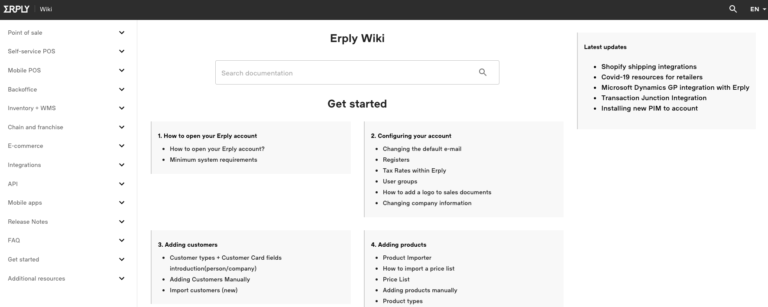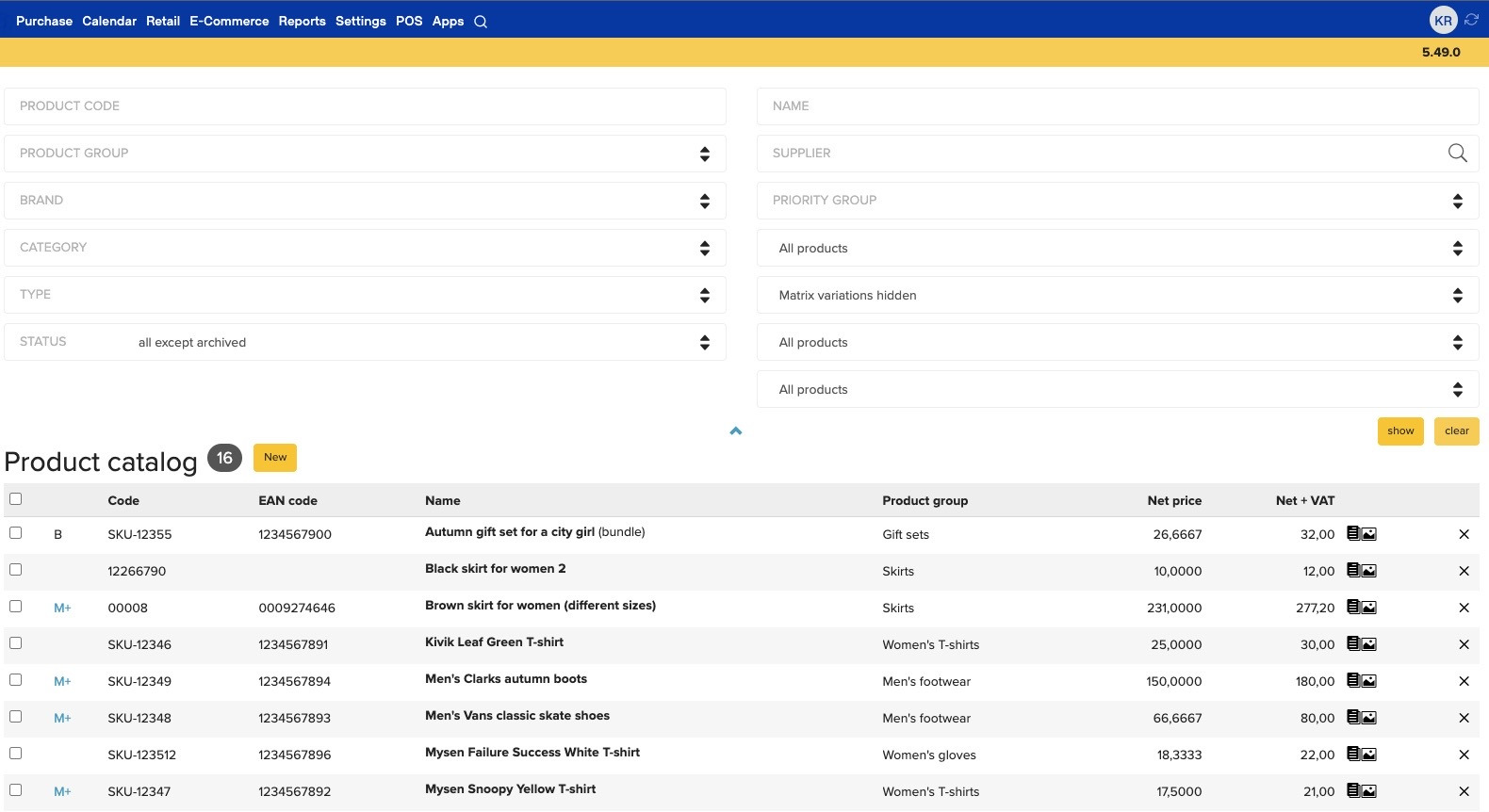The formula for being profitable is simple: all you have to do is make sure your revenue is greater than all your expenses. This means you need to price your products higher than what you paid for it, as well as factoring in the other expenses your business has, such as labor, utilities, rent, and more.
However, what if you could actually price your products below cost and still make money? That you could make money by losing money? You can, and this practice is much more prevalent than you think!
Loss Leaders: What Exactly Are They?
Loss leaders are products intentionally priced low enough so that they are unprofitable. Swarms of customers will be drawn in by the rock-bottom prices, giving the business significantly more foot traffic than usual. Thanks to loss leaders bringing people in, businesses are given the ability to do things they otherwise wouldn’t have to opportunity for.
- Sell higher volumes of regularly priced products
- Upsell memberships to a larger crowd
- Quickly flip unwanted inventory
- Expand their customer base
When a business is new to a certain market, it is not uncommon for them to select a product to be a loss leader so that they can quickly obtain a customer base. On paper, it looks bad in the short-term. In the grand scheme of things, however, a business that uses a loss leader correctly can quite rapidly gain loyal, long-term customers.
It is important to distinguish the loss leader strategy from a race to the bottom. A loss leader is a product intentionally priced extra low as part of a larger strategy to grow the business.
Dropping prices without a clear strategy never works: you’ll simply price yourself out of business.
In the next section, we’ll look at how the loss leader strategy is used in a variety of ways in the real world.

Loss Leader Strategies In The Real World
Businesses may employ a loss leader strategy for a variety of reasons, usually depending on their industry. Let’s take a look at a real-world business application of each type of loss leader strategy discussed earlier.
Upselling
A common example of a successful loss leader upselling strategy is with razor blades. The razor itself is typically quite inexpensive, and it even comes with a few blades to start out. However, blades don’t last forever: depending on shaving habits, the customer will eventually have to return to buy the much more expensive separately-sold razor blades.
Lower Membership Prices
A more unique loss leader strategy is the pricing of gym memberships.
With the exclusion of tight-knit, hardcore gyms for serious bodybuilders/powerlifters, most gyms (especially giant corporate gyms) don’t expect every single member to be taking full advantage of their membership: in fact, many know that a lot of their customer will rarely if ever attend the gym! The gym then makes money, even when their pricing is absurdly low.
On the other hand, if every single member used the gym to their full advantage, the gym would need to raise their membership prices to afford extra staff and accelerated equipment depreciation.
Clear Out Unwanted Inventory
When the holidays roll around, businesses like to have huge sales. Sometimes, this is just to get more customers in the door.
Other times, however, the business may be getting rid of inventory that will soon be less useful or attractive to buyers. For example, when Apple releases a new iPhone, the previous model is drastically reduced in price. Sometimes, Apple doesn’t make a profit on these products. However, they are at least getting some money out of their obsolete inventory, while also freeing the money that was tied up in that inventory.
Businesses will also do these types of sales when seasons are changing. A clothing store is going to reduce its sweater prices when summer is approaching, and likewise in the winter with shorts. Once again, their goal is to cut their losses and free up cash that is locked away in their inventory.
Building a Brand
Loss leaders can be used in a more tactical fashion as a part of brand building.
By making a product insanely inexpensive, you plant a seed in your customer’s mind that makes them think of your business when they need to find something for the lowest price.
Even if your strategy isn’t to be the lowest-cost provider of a good or service, you will build a reputation of providing low-cost products when using loss leaders tactically.

Disadvantages of Using Loss Leaders
As with any business strategy, the use of loss leaders is not without its negatives.
The greatest downside to using the loss leader strategy is that price-conscious shoppers might take advantage of the cheap/free products, but never come back to purchase a product priced profitably. When customers do this, the business loses money on the sale and doesn’t ever make it back later from that customer.
Small businesses in particular have it bad, especially when competing with giant corporations. To these massive companies, losses on unprofitable products are a drop in the bucket compared to all the profits they make from their other products. These companies can absorb losses on loss leader products and make it back quite quickly. Small businesses that try this strategy run the risk of “loss-leading” themselves out of business.
Looking up the supply chain, suppliers can feel the strain on profits from a loss leader strategy. When a company drops the price of a product extremely low, they’re going to negotiate with their supplier for a lower price to minimize losses. Some suppliers may be unable to afford this, leading to the supplier potentially ending business with the loss leader company. Both parties in this situation are harmed, as the business has no supplier to provide products and the supplier has no customer to pay them.
Are Loss Leaders Right For You?
If you’re a brick-and-mortar retail operation, you should add loss leaders to your arsenal. You don’t even need to make a popular item your loss leader. Instead, you can take less popular but cheaper items and severely drop the price. Once customers become intrigued by the rock-bottom prices, go in for the kill by upselling your mainstay items.
Now to get people aware of your loss leader product, you’ll need a way to inform customers of your low prices. With a system like Erply’s POS system, you can use a built-in email client to send customers emails about your loss leader items.
Online stores can make use of loss leaders too. Some e-commerce business will price one product as “free plus shipping”, which appeals to the customer since they “only” need to pay shipping costs. You will most likely lose money on the free plus shipping item, but you can upsell customers with items that might complement the free plus shipping item.
While there are disadvantages to loss leaders (like customers that jump from store to store, looking for the lowest price) the advantages of the proper use of loss leaders heavily outweigh the downsides.
Try using a loss leader in your business today; you’ll be surprised how much money you can make at a loss!
You can find @erply on Twitter, and Facebook. Need some help? Send an email over to our Technical Support Team (support@erply.com) with your questions or suggestions, or check out wiki.erply.com.
Sign Up










